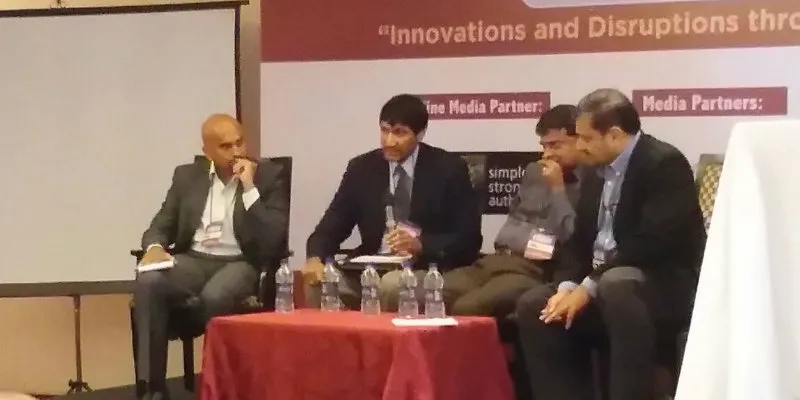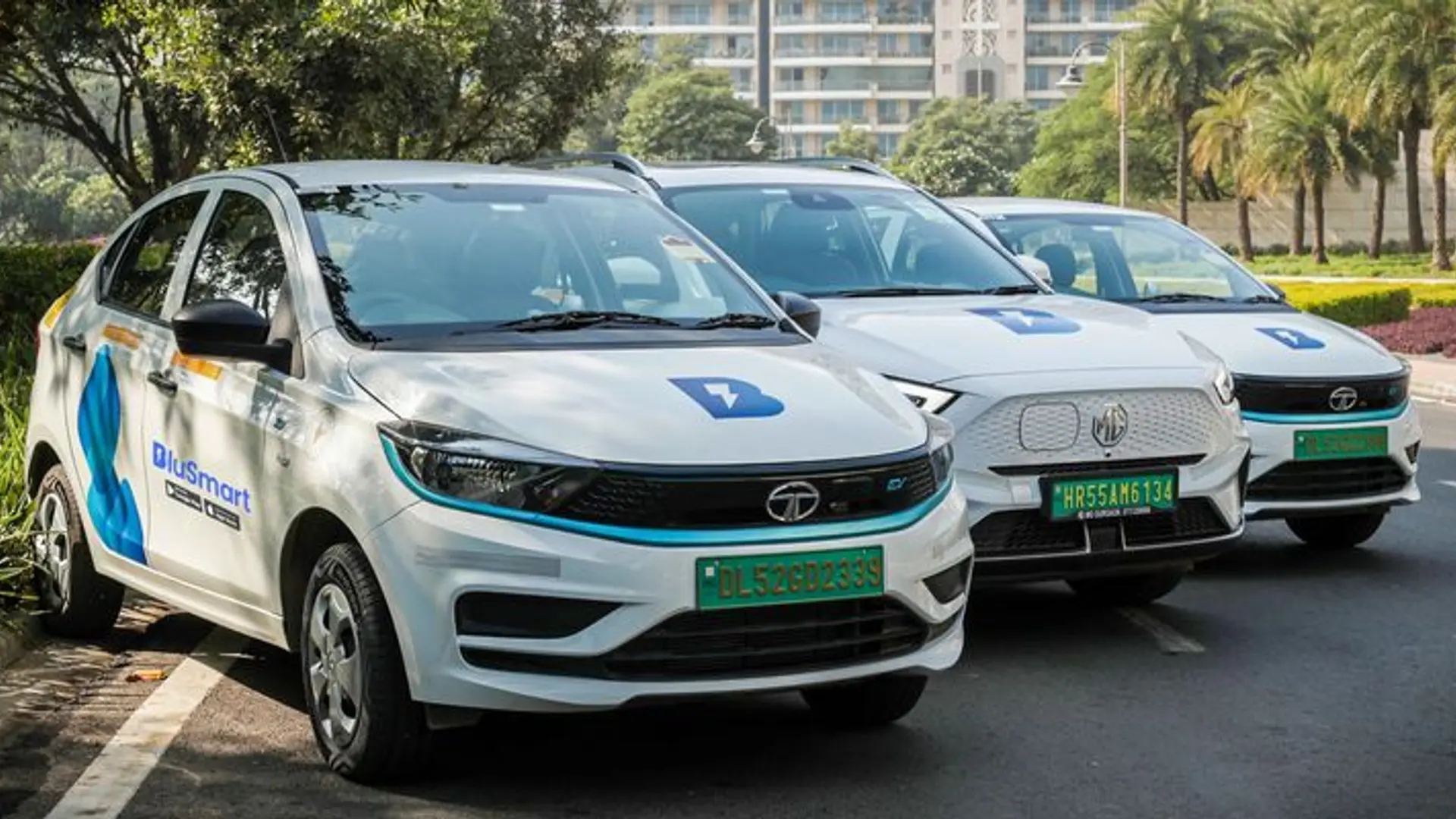Aadhaar witnessed 500M authentications in December 2016
With Aadhaar now being used by 1.1 billion people as a digital identity, it has become imperative to work on the key ecosystem required to use the Aadhaar number.
At Mobile India 2017 held in Bengaluru, Vivek Raghavan, Chief Product Manager and Biometric Architect, Unique Identification Authority of India (UIDAI), said Aadhaar has the capability of authenticating 100 million transactions a day. In December last year, 500 million authentications took place in the Aadhaar system.

The trend of smartphones will continue to thrive equipped with in-built security. Vivek emphasised that 25 million smartphones were sold in India per quarter last year.
Increased acceptance of Aadhaar as a proof to validate credentials has led to a higher number of downloads of the unique ID. Aadhaar is a 12-digit individual identification number issued by the UIDAI on behalf of the Government of India. The number can be used as a proof of identity and address anywhere in India.
“The Aadhaar has also got KYC capability. It is digitally signed demographic information which can be released to a given service provider based on any method of authentication. Whether it is biometric authentication or OTP-based authentication, various methods can be used to release the KYC information to a given service provider,” said Vivek.
Aadhaar also has other services like wet signatures on forms. A number of eSign providers can be leveraged for signing documents using Aadhaar, thereby encouraging a paperless infrastructure. According to Vivek, there are currently more than 10 eSign providers which have helped make thousands of such signatures possible on a daily basis.
Vivek noted that last month, 20 million people met the regulatory requirements and were issued SIM cards using the Aadhaar infrastructure. Aadhaar number can also be linked with the DigiLocker, which provides secure electronic space for storing the documents of Indian citizens. The space can be used to store various documents like certificates, PAN cards, and voter ID cards.
He also spoke about the huge numbers of API service providers needed in order to provide DigiLocker solutions.
The UIDAI last year launched the Challenge drive to enrol the leftover population for Aadhar, in 22 states/UTs where the Aadhaar saturation of the adult population has crossed 100 percent (as per projected population figure of 2015). The Challenge drive will likely include almost everyone in these states/UTs under the ambit of Aadhaar.
On the recent launch of the BHIM app, Vivek said that they are putting in place consent architecture which allows and defines who owns data and who sends data to whom, and this is an area where India is legally taking the lead.







